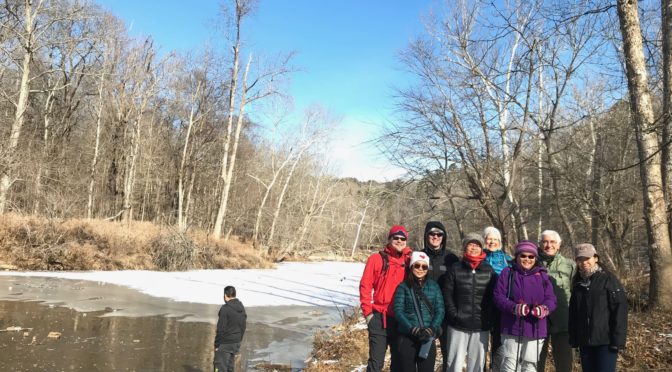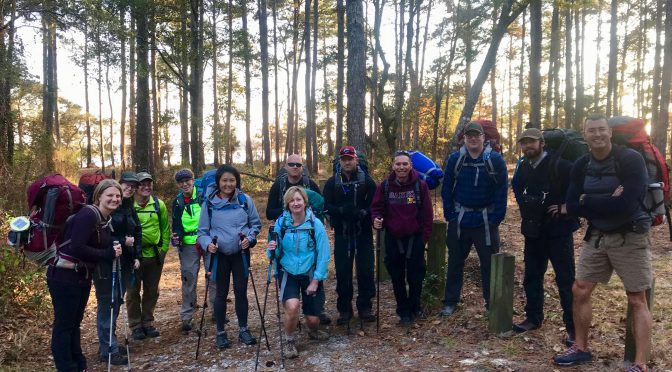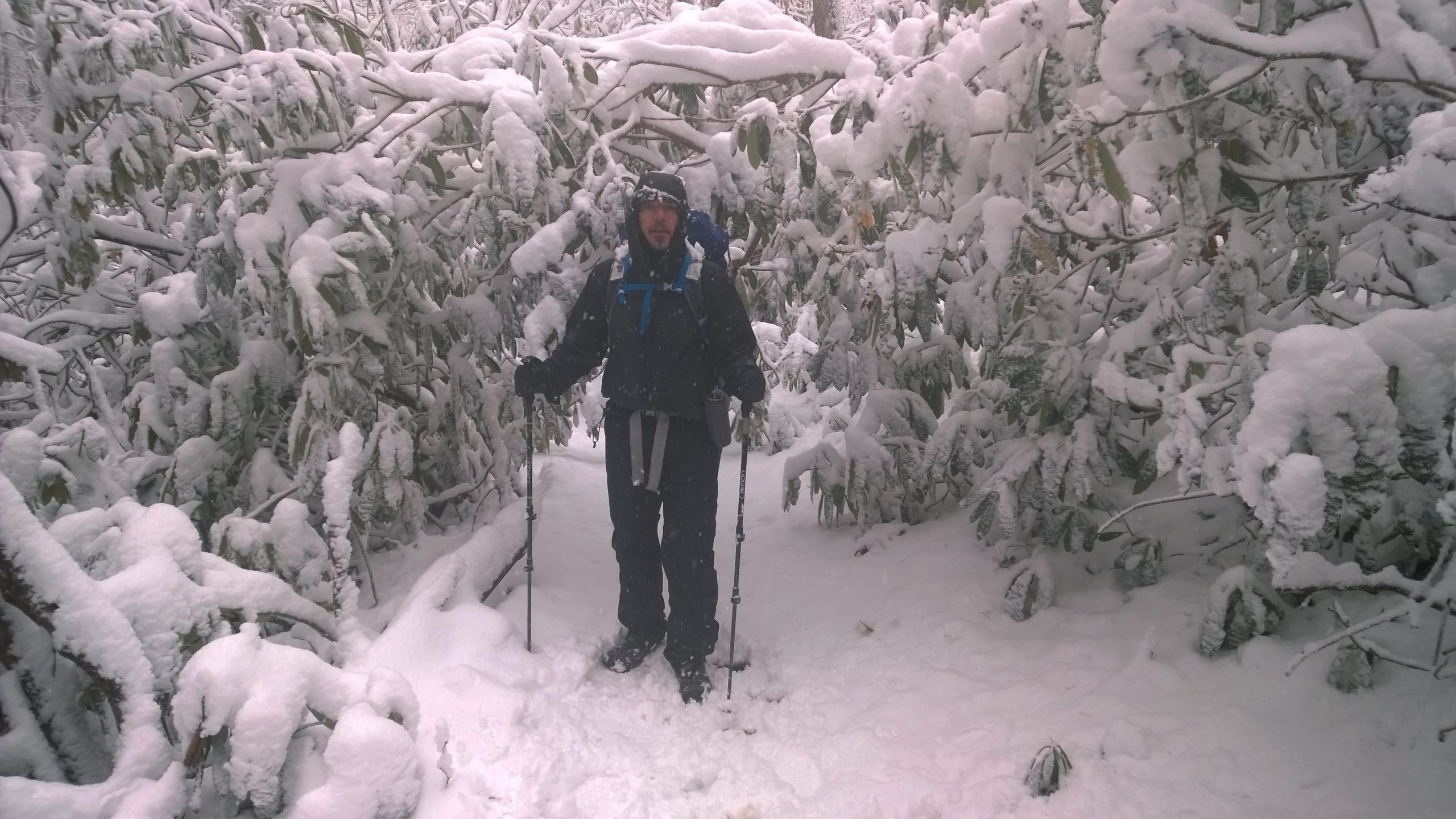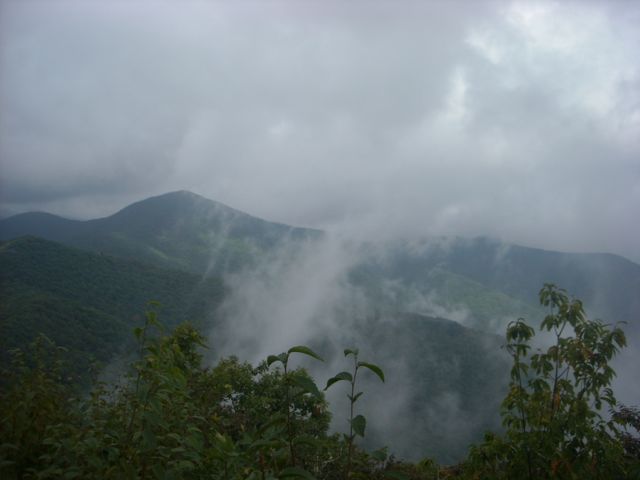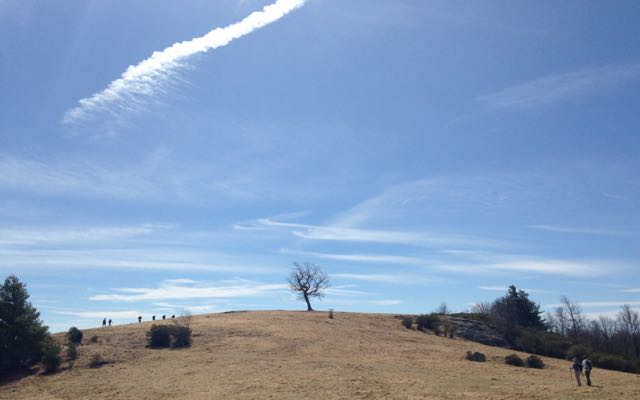As part of my Monday morning ritual, I check the weather forecast for the hikes, trips and classes we have in the week ahead. It may be the most frustrating thing I do all week. What I have discovered, though, is there’s a whole lot more to deciding whether to proceed or pull the plug than simply checking the chance of bad weather.
Here’s a look at the process I’ve developed, using as an example a backpacking trip coming up this weekend.
=&0=& =&1=&. This weekend, we have a GetBackpacking! trip to Linville Gorge. It’s an Intermediate Skills class, focusing on water crossings and navigating a designated Wilderness Area, where trails are rarely marked or maintained.
=&2=&. These backpackers have previous backpacking experience and decent gear. Their previous experience means they’ve probably been through less-than-perfect weather and are equipped — both mentally and gear-wise — to deal with the elements.
=&3=&. Certain areas — Linville, Grandfather Mountain and Mount Rogers in Virginia, in particular — are notorious for generating their own weather. So while you may have a fairly benign forecast for a region, keep in mind that it might not apply if you’re headed into a meteorological anomaly.
=&4=&. When I’m checking several forecasts simultaneously on my Monday survey, I stick with one source. My go-to is the ten-day forecast on WeatherUnderground.com. If the event is four or more days out, I just try to get a general feel for what the weather is looking like. This time of year, I look to see if a pattern of rain and thunderstorms is developing. Rain isn’t necessarily a deal-breaker; electrical storms are. On Monday, my Linville Gorge check for Friday, Saturday and Sunday were dominated by a gray cloud, a thick lightening bolt and daggers of rain — 70 percent chance each day, in fact. Time to panic? Not just yet.
=&5=&. If I see something worrisome, I’ll switch from my overall source to a source more focused on our destination. For the central and northern mountains of North Carolina, I rely on Ray’s Weather out of Boone. Ray’s was begun in the 1990s by Dr. Ray Russell, a computer science professor at Appalachian State, as a hobby. It’s evolved into a source that marries modern forecasting models with local knowledge of mountain weather. Ray’s forecast for Linville rang true with typical summer weather patterns: partly cloudy with widely scattered afternoon and evening thunderstorms. This suggests that we should hike early in the day and have camp set up by mid-afternoon. (For mountain trips, I’ll bore up as well, using a source such as mountain-forecast.com. But, for this Linville trip, it won’t be helpful).
=&6=&. The reason I don’t start checking the forecast until five days out at the earliest stems from a four-day winter trip on the Appalachian Trail three years ago. On that trip, I started checking 10 days out, at which point 4 to 6 inches of snow was forecast, as were overnight lows in the upper teens. The next day, the snow forecast total had jumped to 12 inches and the overnight lows had dropped into the mid-teens. Over the next three days the forecast called for as much as 18 inches and the overnight low dropping to 7. Twice I was a mouse-click away from canceling the trip. Then, two days before the trip, the forecast backed off to about three inches. We did the trip and awoke the last morning to just an inch of snow, which made for a gorgeous hike out.
=&7=&. One of the last things I do, usually two to three hours before an event, is check the radar. I check for splotches of green, yellow, orange and especially purple, and I click the one-hour replay to see if the splotches are advancing toward our hike. One caveat: in summer, heat convection can cause stormy cells to pop up out of nowhere; just because weather wasn’t headed your way an hour ago doesn’t mean it isn’t now. Those wicked afternoon storms may cause me to cancel an after-work hike, but often it won’t bring an end to a weekend backpacking trip.
=&8=&You may think that there’s nothing worse than canceling an outing because the weather looked bad, and then it’s just lovely out. What’s worse, though, is rolling the dice, saying what the heck, forging ahead — and running headlong into trouble.
All it takes is one bad guess to convince you. Play it safe.
Happy trails,
Joe
Weekend weather read more
